Spring on the farm is always such a brilliant and confusing mix of relief (winter is over!) and wonder (all this beautiful new life is blooming!) and panic (holyfuckingshit I have to do all of the things right this minute or I will spend the next six months of my life buried in weeds and all my chickens are going to die!)
Listen, it’s not my most emotionally stable time of year. But it just takes one step outside into the sunlight and a lungful of fresh spring air, and I feel good and strong and ready to take on the world. I wouldn’t trade this time of year for anything… even mild winters.
This will be my sixth spring on the farm, and I’m just now starting to feel like I know what I’m in for over the next couple of months and have prepared appropriately. (Yes, even with the shitty start to the year and ensuing clean up… such is the power of spring.)
Here’s how things are looking on the farm…
Green!
Seeing everything grow again is so good for the soul.
In the garden:
My hopes of starting seeds in greenhouse this year were obviously crushed (pun intended?) and my mom felt so bad about that that she showed up at the farm with a small flat of cold-hardy plants to put in the garden (way early) just to see what would happened. But after we planted them she got the brilliant idea to use some of the sections of the crushed greenhouse over the raised beds to create little cold frames…
Which is totally working!
It’s not exactly how I pictured my greenhouse panels being used last year when it looked like this…
(And there’s probably a life lesson in there about expectations v. reality, particularly on a farm, but I’m just going to be over here doing my there-are-things-growing-in-my-garden happy dance instead of getting all philosophical right now.)
In addition to the seeds, and cold-hardy greens, my mom also planted a bed full of onion sets that came in the mail recently…
And all of the berry bushes (and tiny apple tree my mom grew from a honeycrisp seed she saved from an apple she ate) are all getting leaves.
I’ve got some plans for the garden this year that include, first and foremost, re-building the greenhouse, but also getting rid of the garden beds along the outer edge of the garden–which are next-to-impossible to keep weeded–in favor of more raised beds and some container gardening.
Meanwhile, on the rest of the farm:
The orchard is looking fantastic. All of the trees are showing signs of life, and despite a warm February (and some false starts) it looks like everything is budding and blooming appropriately…
I’ve learned some important lessons about fruit-tree maintenance over the last couple of years that I hope to implement this spring.
- Deer Protection: Last year I wasn’t sure if the columns of fencing I’d put around the trees were really helping, and then found out the hard way that, yes, they were (because the deer ate the shit out of all the trees I hadn’t fenced.) This year, all trees are fenced and staked.
- Peach-Leaf Curl Prevention: My regular fruit tree spray didn’t prevent peach-leaf curl last year, and I should have sprayed with a copper or sulfur based fungicide in the fall, but I didn’t. (Will not forget again next year.) I’m a little late this year as well, but hoping I can still catch it early enough.
- Tanglefoot: My grandmother (who knows everything there is to know about plants and trees, as far as I’m concerned) started applying this to my fruit trees a few years ago… basically, it keeps ants and other critters from crawling up the stem into the tree and eating the leaves or fruit. I’ve been doing it every year because I’m smart enough to know that you should always listen to your grandmother.
- Fruit Tree Spray: I use this version and only after the trees are done blooming and no bees are around (and its a long way from my hives.) This is highly toxic to bees, but only if sprayed directly on them (and bees don’t have any real interest in fruit trees after the blooms are gone.) It’s made a world of a difference in the overall health of my trees.
I’m really glad the trees in the orchard are doing well. I’m not adding any more this year (in an effort to keep spring craziness to a minimum around here) but it’s likely I’ll continue to add to my little orchard in the future.
Unfortunately the little 18 plant “vineyard” I started last year isn’t doing quite as well as the fruit trees. I planted 5 types of grapes last year and had a great start to the growing season y until early July when the Japanese beetles came…
Ugh.
It turns out Japanese beetles are more likely to eat wine grapes that juice grapes (because beetles are totally straight-edge and don’t want us to drink) so my Concords did great, but almost all of the other vines were between 50-90% eaten by the end of the summer. As you can imagine, that affected their survival rates over the winter…
Here’s where I’m at almost a year after planting:
- Arandell (red, wine grape) – 6 planted, 4 currently alive
- Concord (red, table/juice grape) – 3 planted, 3 thriving
- Cayuga White (white, wine grape) – 3 planted, 2 currently alive
- Diamond (white, wine grape) – 3 planted, 1 alive (maybe 2, but it’s iffy)
- Gratitude (white, seedless table grape) – 3 planted, 3 dead
So I had about a 50% survival rate which is… not good. And I think most of this was due to the beetle problem I had mid-summer.
I’m going to replace the vines that died this year, but I talked myself out of adding another row of trellis (and 10 more vines) until next year. I think. I mean I haven’t ordered them yet, and you know how I get with internet shopping and wine but I’ve pretty much convinced myself not to escalate any of my existing work/projects on the farm this year for sanity reasons.
So I’m going to replace around 8 vines, and I’m going to try an “organic-ish” approach to beetle-management this year, which includes:
- Cedar oil spray – I’m skeptical, but willing to try it.
- Guineas! Apparently they’ll eat beetles as well as ticks, so if the cedar spray doesn’t work, I’m going to have to figure out how to lure them out to the vineyard for snacks (it’s not a typical haunt for them right now)
- Hand picking – My vines are still pretty small so it doesn’t seem like an impossible task to just physically remove the beetles and drop them in a bucket of soapy water (don’t crush them, it releases pheromones that attract more beetles, apparently)
If those efforts don’t work, I’ll move on to a pesticide–I’m not losing more vines to those little shits this year– but I do like to start with more organic methods and at least see how they fair. My “au natural” approach last year was obviously not good enough, so we’ll see if all these guineas will earn their keep…
Other than as self-appointed building inspectors, I mean… obviously.
Sigh. Guineas.
But even with all of the things I’m focused on doing better this year, it’s still such a relief and a pleasure to have things growing on the farm again. It’s a hell of a lot of work, but there’s also such joy in walking the property every day to see what new thing has sprouted or flowered or is turning green.
I have high hopes for a great growing season this year!



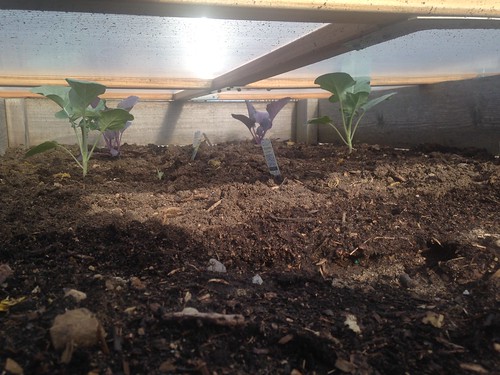
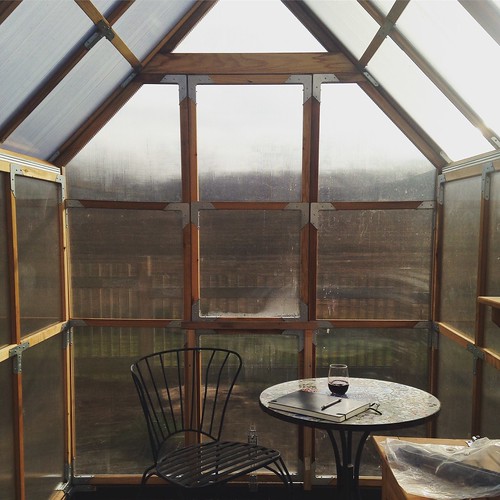
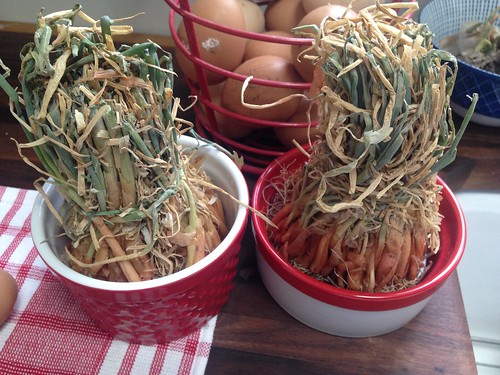
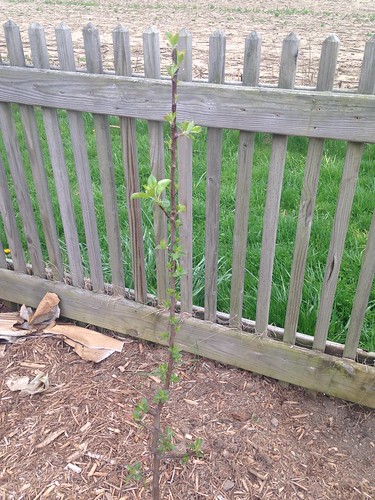

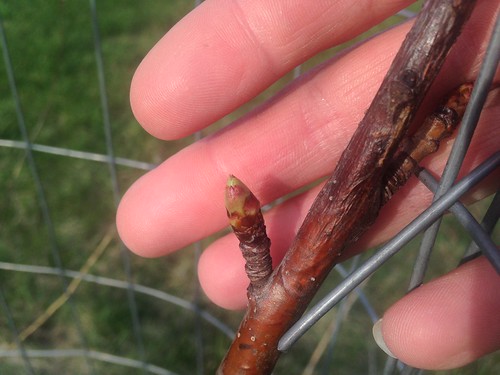


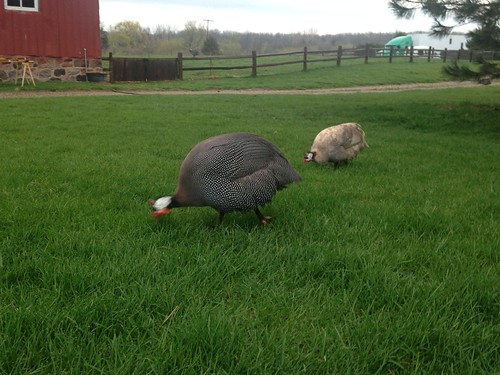
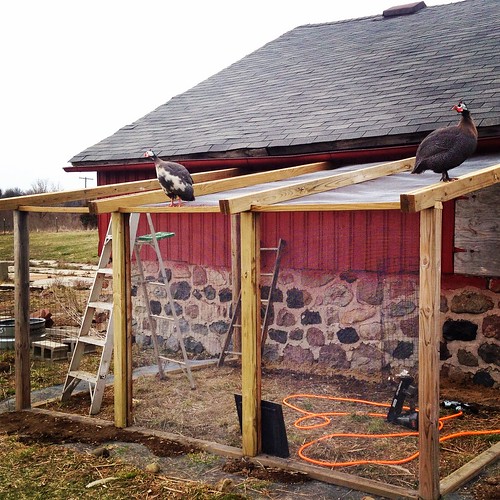
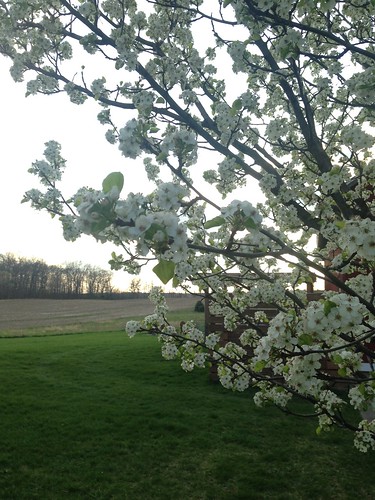

20 Responses
Kit, you are my inspiration! Thanks for sharing all your learnings. I hope this is a fantastic year for you and yours!
Treat vineyard for grubs?
White grub worms are the larvae of various scarab beetles, including June bugs, Japanese beetles, dung beetles and northern masked chafers.
I don’t think that was one of the recommended treatments, but it does seem like it would work, right? I’ll look in to it!
Try the beetle traps, put them out early and check and change out the bags often. I went though 10 bags last year!
So I read that putting out beetle traps will actually attract more beetles than you can catch with them… not sure if that was true or not. Do you feel like it decreased the number of beetles in your yard/gardens?
I second the idea of trying the traps. I don’t have personal experience but know people who have had success with them. I think you’re supposed to put the traps away from the plants that attract the beetles.
I’ve been using neem oil on my hibiscus plants to combat the Japanese beetles. Works pretty well. Also, if the infestation is mild, going around in the morning and picking the beetles off and drowning them in soapy water is very satisfying.
I had a real problem with beetles on my apple trees last year- they’re still too young to bare (bear?) fruit, but the leaves were all munched up. The whole point of me getting these trees is because I’m allergic to pesticides so I’m on the hunt for a good all-natural solution. I did use watered down Dawn dish soap on the leaves to prevent curl and it worked wonderfully, even healed up some of the already curled leaves. I just gently wiped it on each leaf… time consuming, but effective! Keep us posted on what you use and how it works! 🙂
As I was reading I got all agitated and almost yelled at the screen about the guineas until I read that you were going to try and lure them out there. 🙂
Haha. They almost never do what I want them to do though, so we’ll see how the “luring” works!
Love your farm blog! It’s inspiring and exactly what I want to do with my time when I move from suburbia…
Keep up the hard work!
Keep writing, I love it!
Have you considered beneficial nematodes to get rid of the grubs that turn into beetles?
No… I don’t think that was mentioned in the literature I was reading, but also possible that I didn’t really understand it (I’m going to go furiously google “nematodes” now…)
What is that 5th picture (I had to re scroll and count!) with the eggs and the 2 hairy/plant root ball things in the planters? I’ve never seen such a thing before!
Those are bundles of baby onions! I had their roots soaking in those dishes for an hour or two because they were pretty try when they came. My mom planted about 75 of them in one of my raised beds two weeks ago… we’ll see how they do.
Try Milky Spore, it’s an all natural environmentally safe grub control (specifically for Japanese Beetles). Depending on which type you purchase, the simplest application is to apply it once a year in the spring for three years and then the spores naturally reproduce and exist in your soil preventing Japanese Beetles grubs from growing in the soil.
I can’t be the only one who sang the title to this post as the Blink 182 song “All The Small Things”…right?!
Love hearing all things farm.
Pretty sure I did too when I wrote it! 😉
Is there a way to send you a picture? Found one of 2 day old chicks snuggling up under feather dusters hung just above them. Don’t know if it works but right down your DIY chick alley!
Comments are closed.